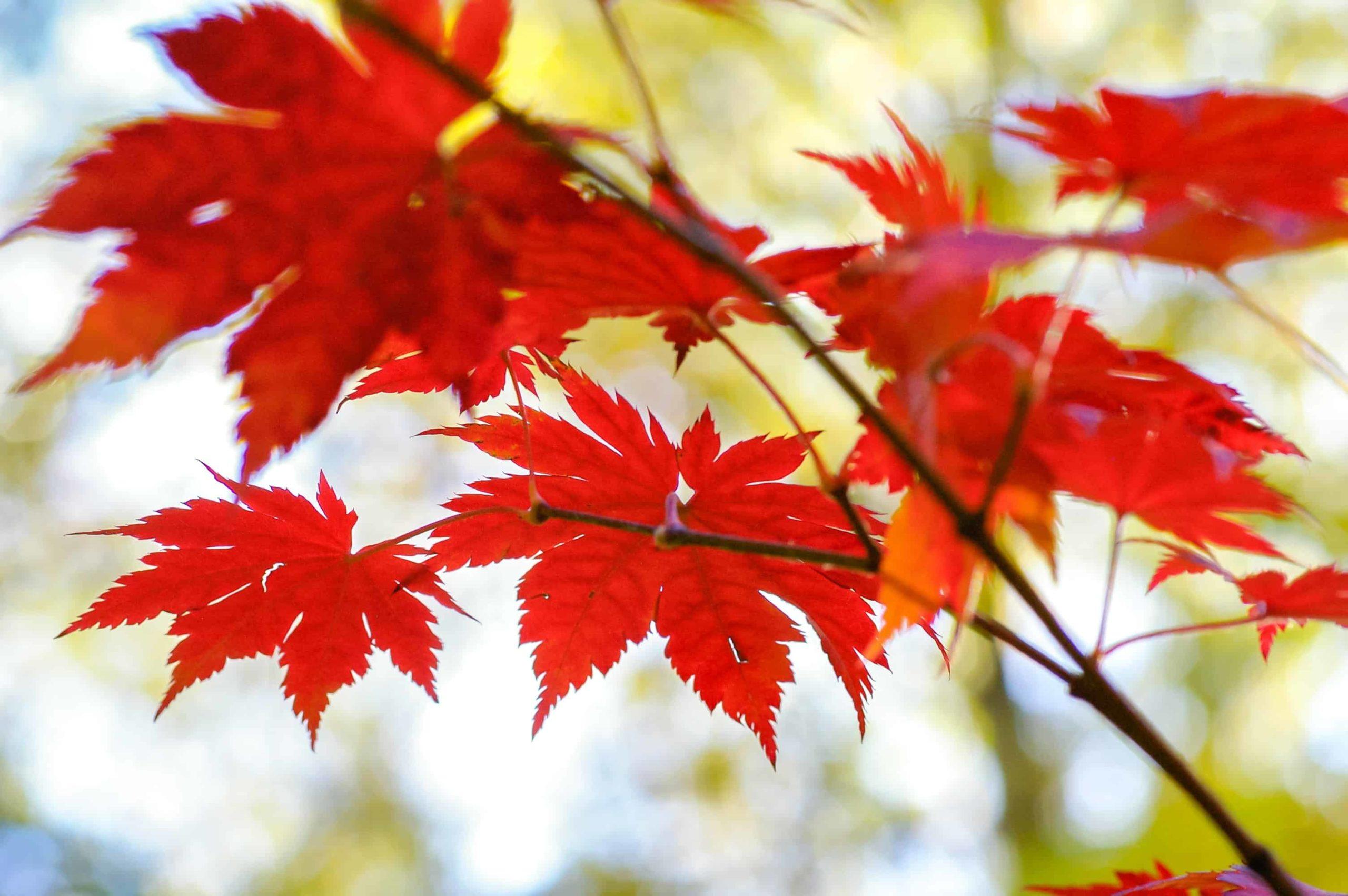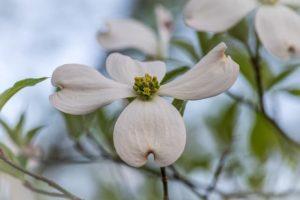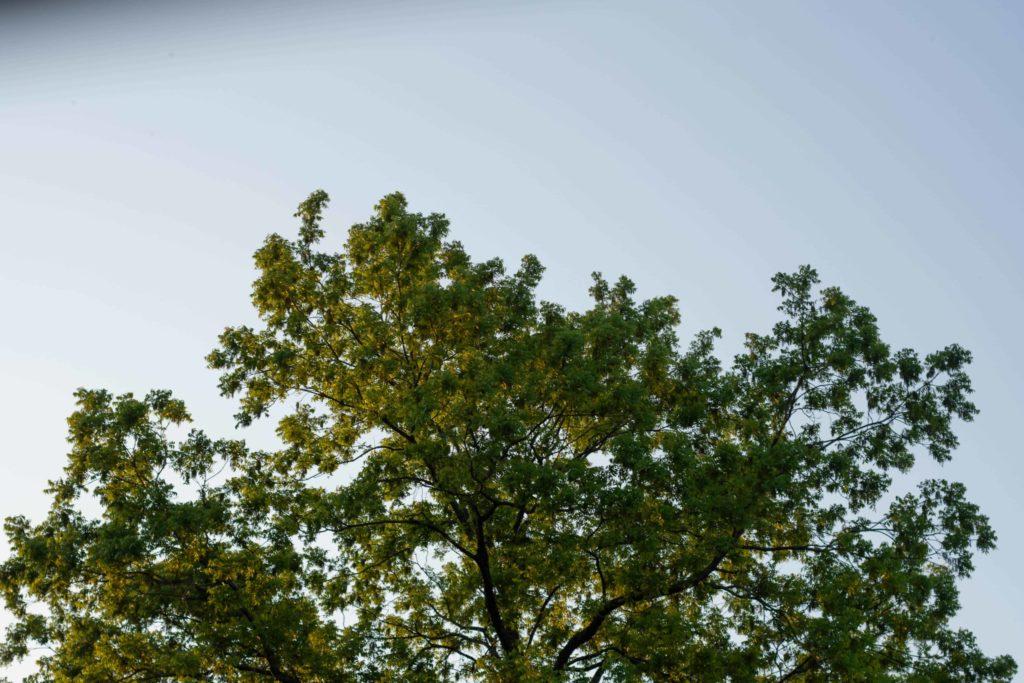Londoners plant trees on their property for many reasons, but one of the biggest reasons is how they look in spring. You can find many different colours across London in the Forest City’s variety of flowering trees!
In our part of the country, spring technically begins in late March, but blossoms can come out through April, May and early June. What are the first trees to bloom in London when the snow melts?
The Red Maple
 One of the first trees to bloom is the Acer rubrum – the red maple. The first sign of flowers on this tree is the presence of dark, tight buds grouped in clusters on small shoots that stem from the previous year’s twigs. The rich redness of these buds adds colour to the twigs that have yet to fully bloom, which will happen later in the spring. As the buds develop, they expose the flowers, and the canopy takes on even more colour (albeit a more subtle colour) before the leaves unfurl.
One of the first trees to bloom is the Acer rubrum – the red maple. The first sign of flowers on this tree is the presence of dark, tight buds grouped in clusters on small shoots that stem from the previous year’s twigs. The rich redness of these buds adds colour to the twigs that have yet to fully bloom, which will happen later in the spring. As the buds develop, they expose the flowers, and the canopy takes on even more colour (albeit a more subtle colour) before the leaves unfurl.
Magnolia Trees
Magnolia trees aren’t native to Ontario, but their big, bold blooms and colour variations make them a beloved staple on properties across London. The impressive display starts in mid-April to early May, meaning that it’s one of the first trees in the area to bloom, too.
One reason why magnolia trees are notable bloomers is that they produce a wide range of spectacular flowers. You’ll see magnolia blossoms in a range of colours, from white and cream to deep pink, purple, and even yellow.
Tulip Trees
Also called the yellow poplar, tulip trees are famous for their fragrant flowers that bloom in the shape of the flower from where they get their name. The flowers have a creamy yellow colour, and they begin blossoming in mid-April. Tulip trees have unique leaves that have four lobes.
Eastern Flowering Dogwoods
 Flowering Dogwoods are a common sight across London – their flowers make them a popular ornamental choice for private gardens and public parks. These trees bloom their best and biggest white blossoms just as the magnolias begin to fade, usually in mid-May.
Flowering Dogwoods are a common sight across London – their flowers make them a popular ornamental choice for private gardens and public parks. These trees bloom their best and biggest white blossoms just as the magnolias begin to fade, usually in mid-May.
Why Isn’t My Tree Blooming?
If you have one of these trees on your property and notice a lack of blossoms, there could be something wrong. Many issues aren’t controllable; for instance, an unusually cold winter or a cold snap in spring – neither of which are uncommon for London – can cause many flowering trees to go without blooms.
However, colder temperatures and precipitation usually affect blooms that are already out. Trees evolved to use temperatures and daylight to sense when it’s time to grow in spring. If you don’t see blooms, don’t panic – it isn’t a guaranteed warning sign! Give it some time, and if you’re still worried late in spring, call the Brockley team for a professional assessment.

